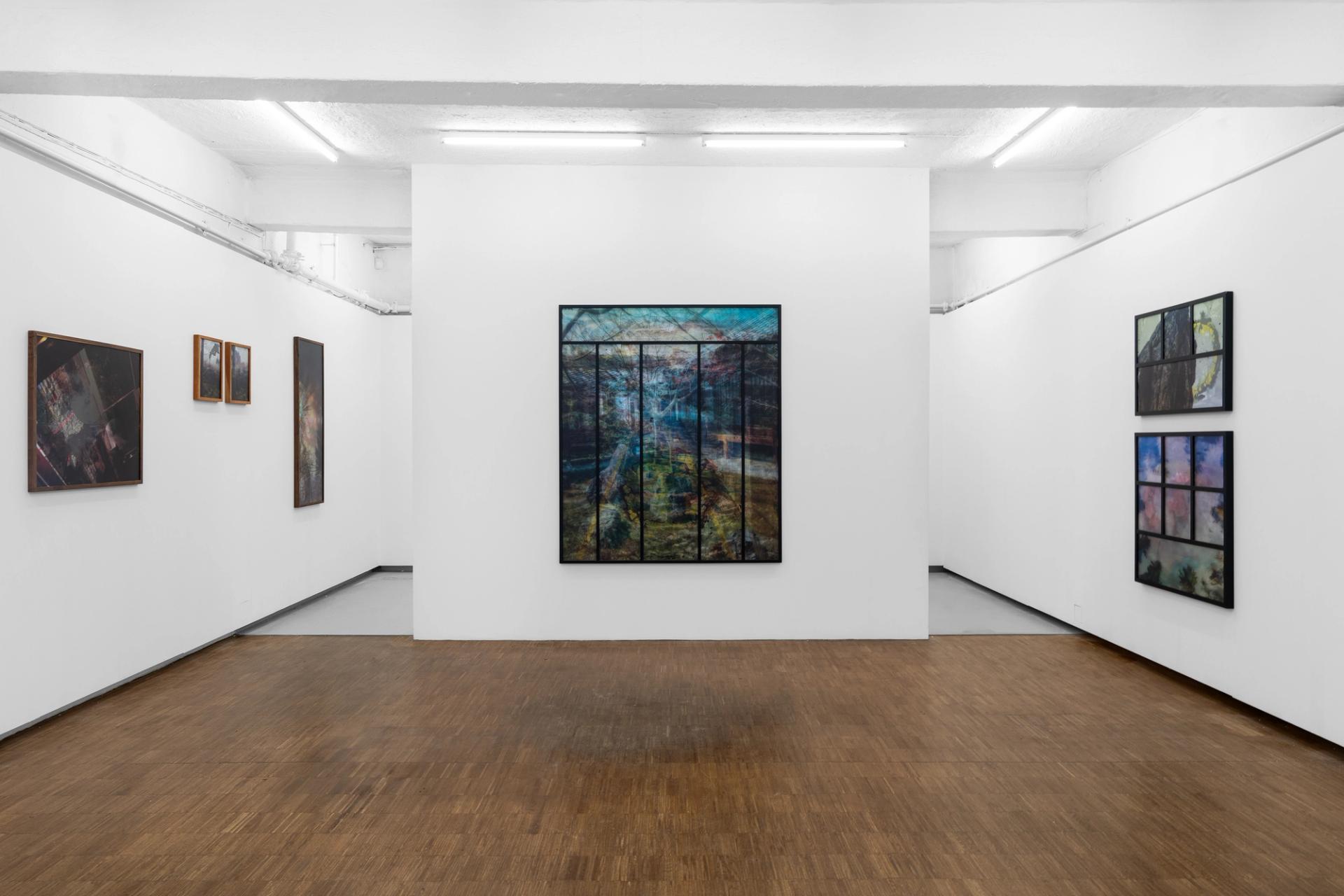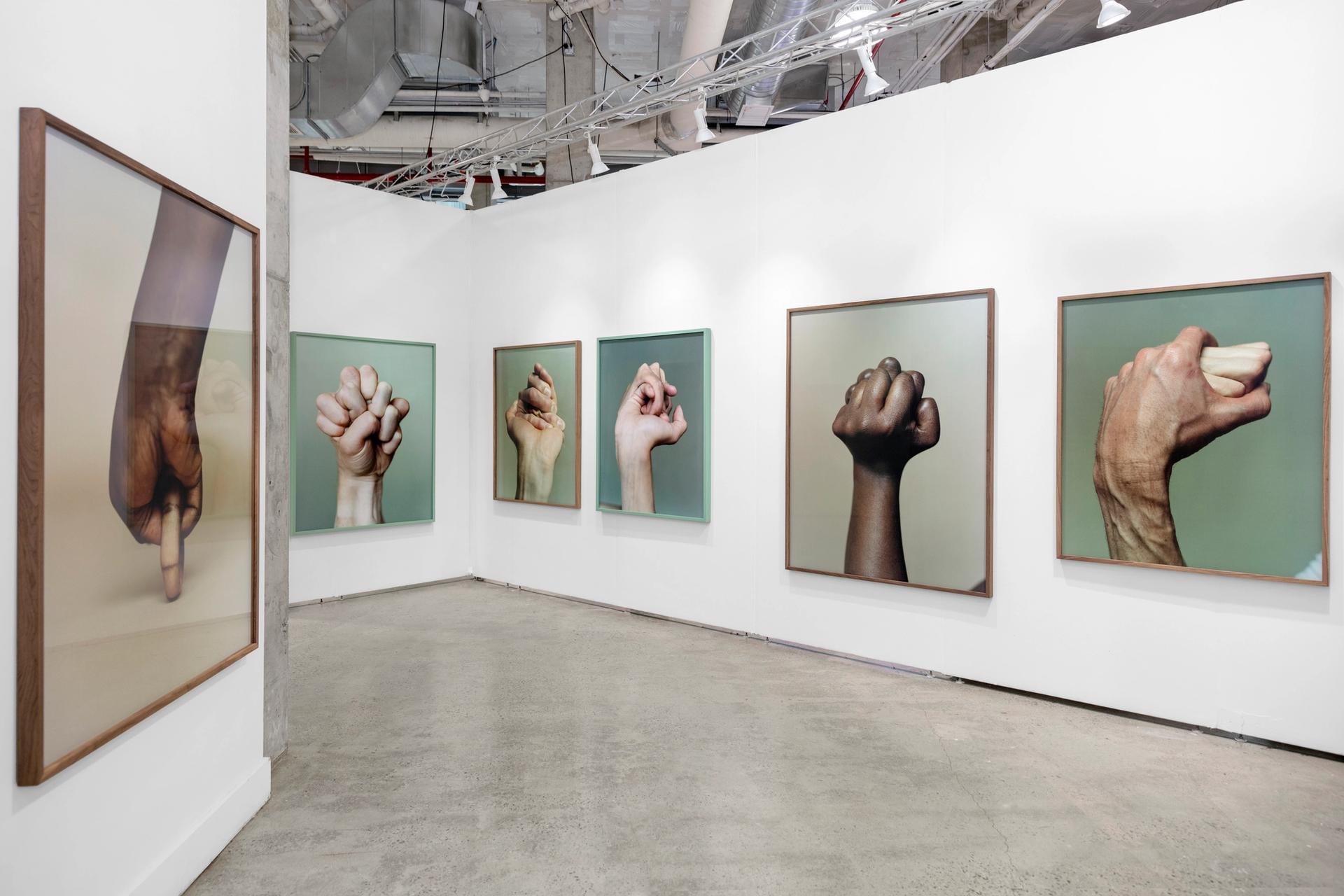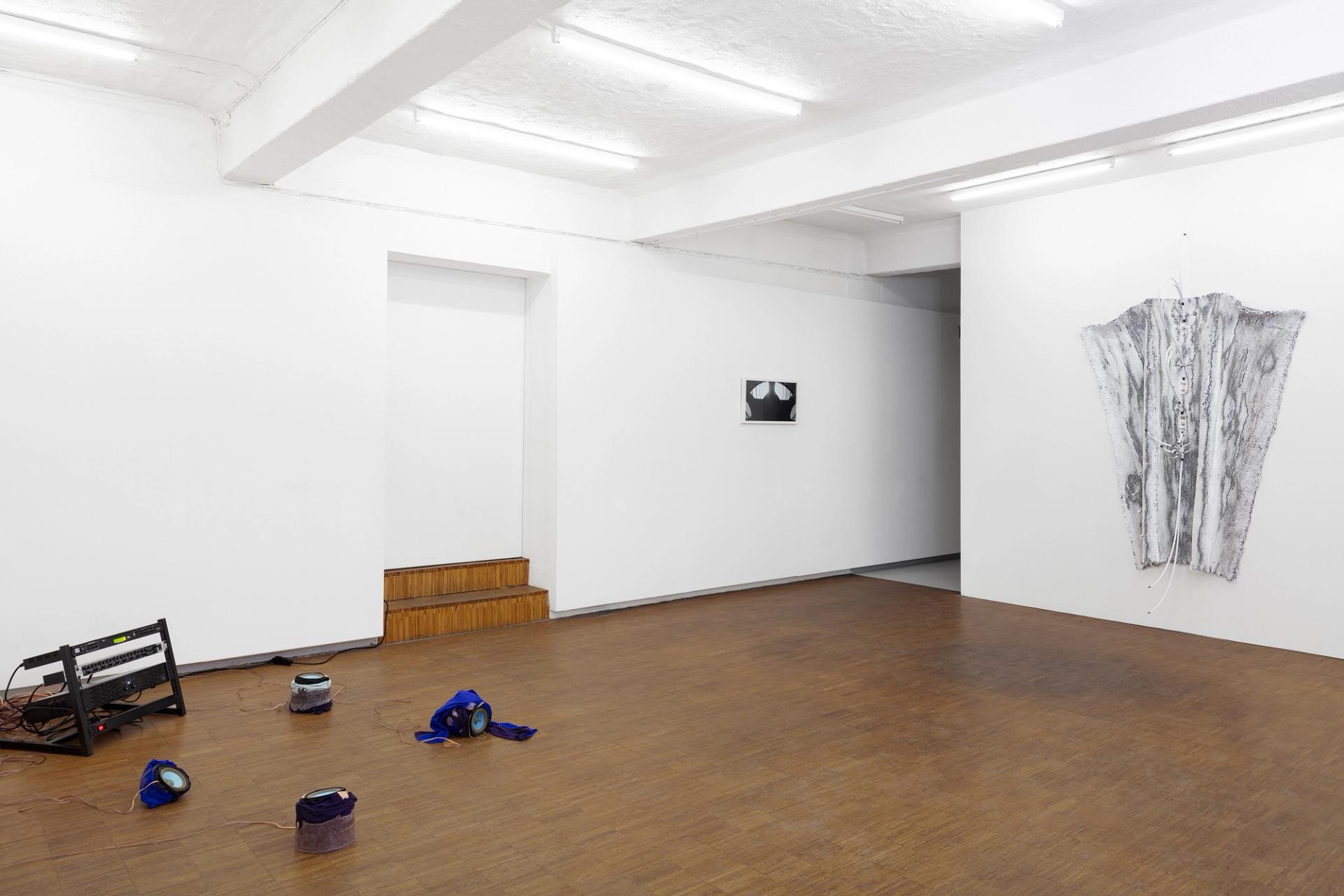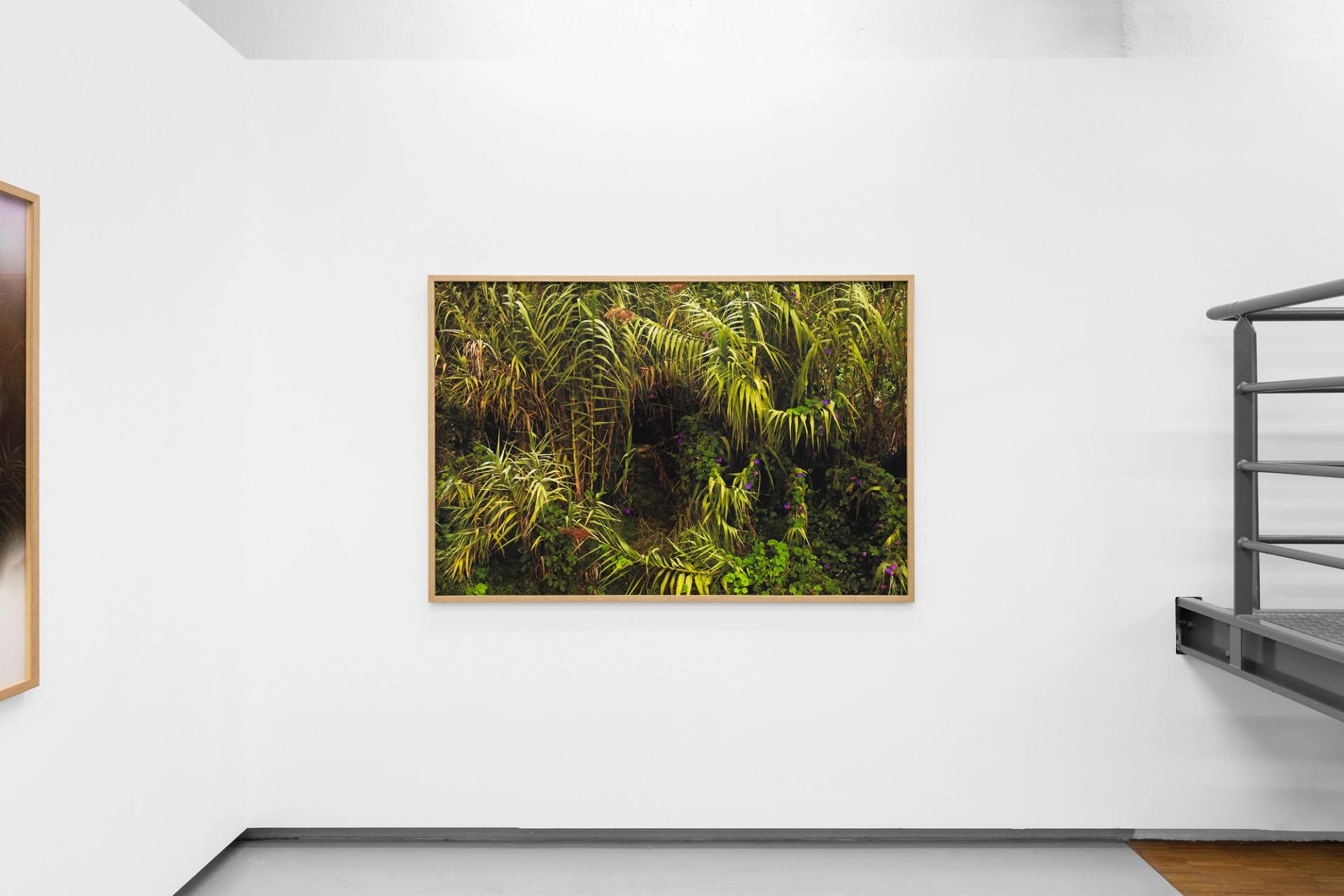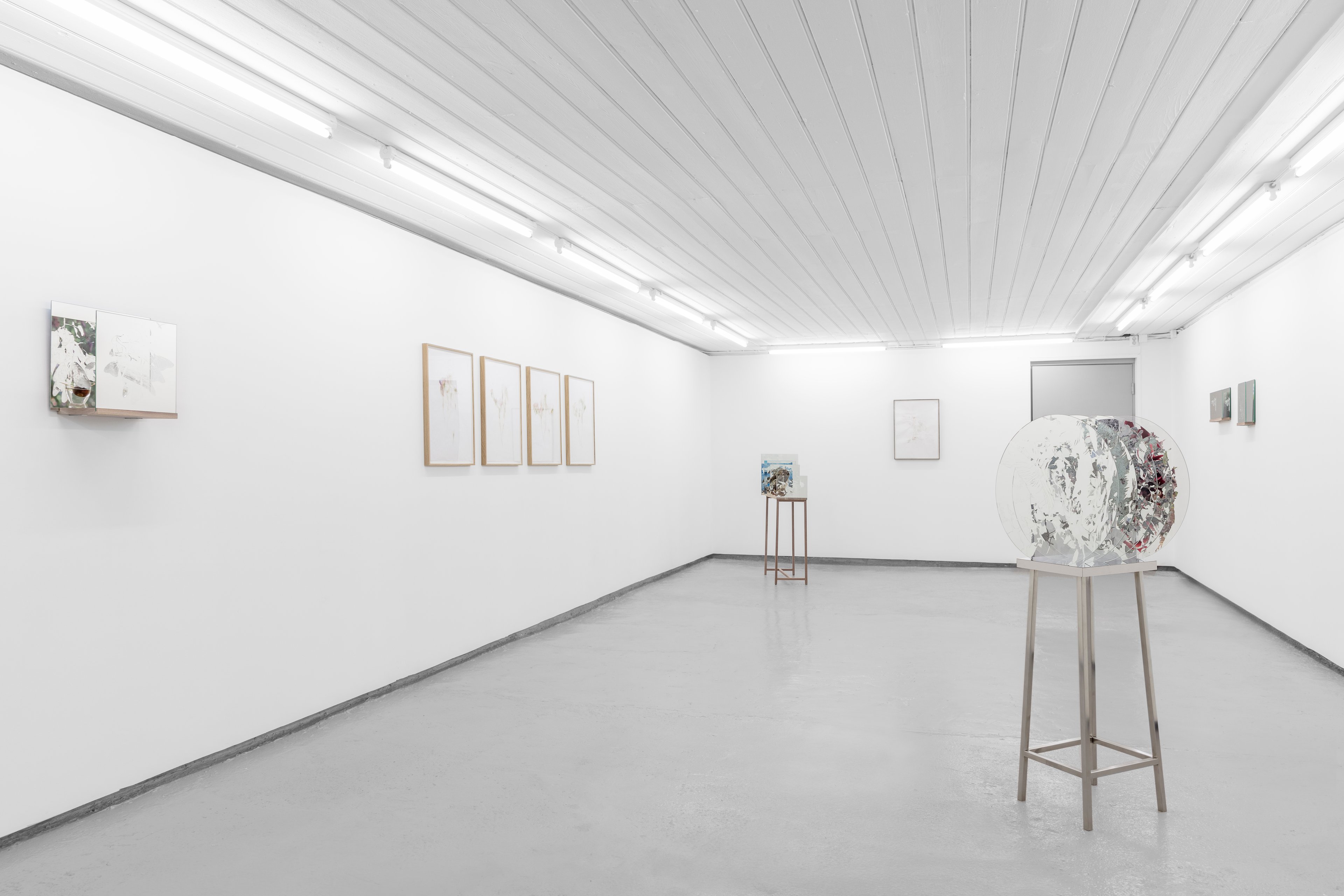
Nygård graduated with an MFA from the Art Academy in Trondheim in 2006. She has exhibited both in Norway and internationally, including exhibitions at Trøndelag Senter for Samtidskunst, Trondheim (2017); YYZ Artist Outlet, Toronto (2014); The Contemporary Art Center of Thessaloniki (2008); and Museo Nazionale di Sant’Angelo, Rome (2008). Forthcoming exhibitions include at Kunstverein Springhornhof, Neuenkirchen (2019); Kunstmuseet KUBE, Ålesund (2019); and Tegnetriennalen at Kunstnernes Hus, Oslo (2019). Nygård has received numerous grants and has had residencies at institutions, including Outreach (UiT, The Arc- tic University, Svalbard) (2014); URRA, Buenos Aires (2013, 2019); W17, BKH, Kunstnernes Hus, Oslo (2011/12); and Nordic Artists’ Centre Dale, Dalsåsen (2011, 2017). She has since 2015 been part of the art project Ensayos, a transdiciplinary, feminist research collective engaged in matters related to the political ecology of Tierra del Fuego. As part of the project Nygård edited the interdisciplinary anthology The Wild Living Marine Resources Belong to Society as a Whole with Karolin Tampere (2017).
Tokonoma is an exhibition programme that launched in Oslo in 2018. The programme is presented intermittently and at various sites in collaboration with artists, artist-run galleries and initiatives. Tokonoma is rooted in pooling resources and mutually beneficial intellectual and practical exchanges on both long- and short-term bases, combining commercial activity with non-commercial modes of display and projects. Randi Nygård’s Sikt, sjikt, dikt is Tokonoma’s second exhibition.
MELK is pleased to invite you to the second edition of Tokonoma at MELK, presenting the solo exhibition Sikt, sjikt, dikt by Randi Nygård.
In German, the words for face, history and poetry resemble each other: Gesicht, Geschichte, Gedicht. If one removes the prefix ‘ge-‘, one is left with sicht, schichte, dicht; in Norwegian: sikt (sight), sjikt (layer), and tett (dense). In Germanic languages the word poem (Gedicht; in Norwegian: dikt) stems from Verdickung: densification. Husserl wrote that a moment, as it is perceived by human beings, is a densification of impressions. It lasts long enough for things to seem interlinked and short enough for us to comprehend what is happening in front of us. We see movements as continuous and not divided, even if we blink our eyes. We have built-in tempos that are linked to how we experience the world outside of us. One assumes that animals can perceive moments as both faster and slower than us.
…
In his book The Animal That Therefore I Am, Derrida writes that to think about animals, if at all possible, must be related to poetry. The poetic experience cannot be maintained, it opens up towards something unknown, and what one cannot hold on to has often not been named. But according to Benjamin, there is a great grief in nature because it is without words, and because we have given it names and deprived it of the possibility to call itself something, on its own terms.
As believed in panpsychism, there possibly exists a form of consciousness or something interior in all material things. Does not everything then have an intrinsic value, and its own self-expression? Some philosophers argue for panpsychism with the postulate: In order for others to sense something, things must want to present themselves in the world. This willingness or ability to present itself comes from an inner life.
Ansikt in Norwegian (face) is reminiscent of Ansicht in German. But in German the word means judgement or thought. When we experience something, we connect it with thoughts, feelings, facts, things and values that we already know or have heard of.
We have organised society so that we are removed from the environment that subsists us. The consequences of our way of life are generally invisible. Nor do we physically sense nature’s basic conditions. Perhaps it is a matter of (deficient) scales.
…
We can think of nature as a linguistic expression where energy flows through plants, animals and landscapes. Our civilisation is in this way an expression of our biological nature, and biological nature is a language in itself.
Excerpt from Randi Nygård, Sikt, sjikt, dikt.
Randi Nygård (b. 1977, Bergen) is an artist, curator and writer who lives and works in Oslo. Her practice concerns our basic relations to and view on nature. Aiming to create both wonder and enthusiasm for the natural environment, she highlights how humans have a profound impact on but also deep affiliation with nature. She demonstrates our tendency to understand the natural environment merely as a resource for human beings, and how we in doing so fail to remember that nature has inherent values beyond those constructed by society. Based on interdisciplinary information about relations in the world, Nygård’s work is made up of different layers put together as poetic models of the environment. In Sikt, sjikt, dikt, she presents frottages and three-dimensional collages based on facts that connect language with physical materials or society with nature. She has been inspired by facts including how cotton is grown, how birds can live gliding in the sky for months without landing on earth, how pollution contributes to the creation of clouds, which are full of organic life, and how our ways of life lead to the extinction of plants and animals in other parts of the world. Through a fascination for these relationships, Nygård reveals scientific, philosophical and poetic connections in nature and the language we use to describe it.
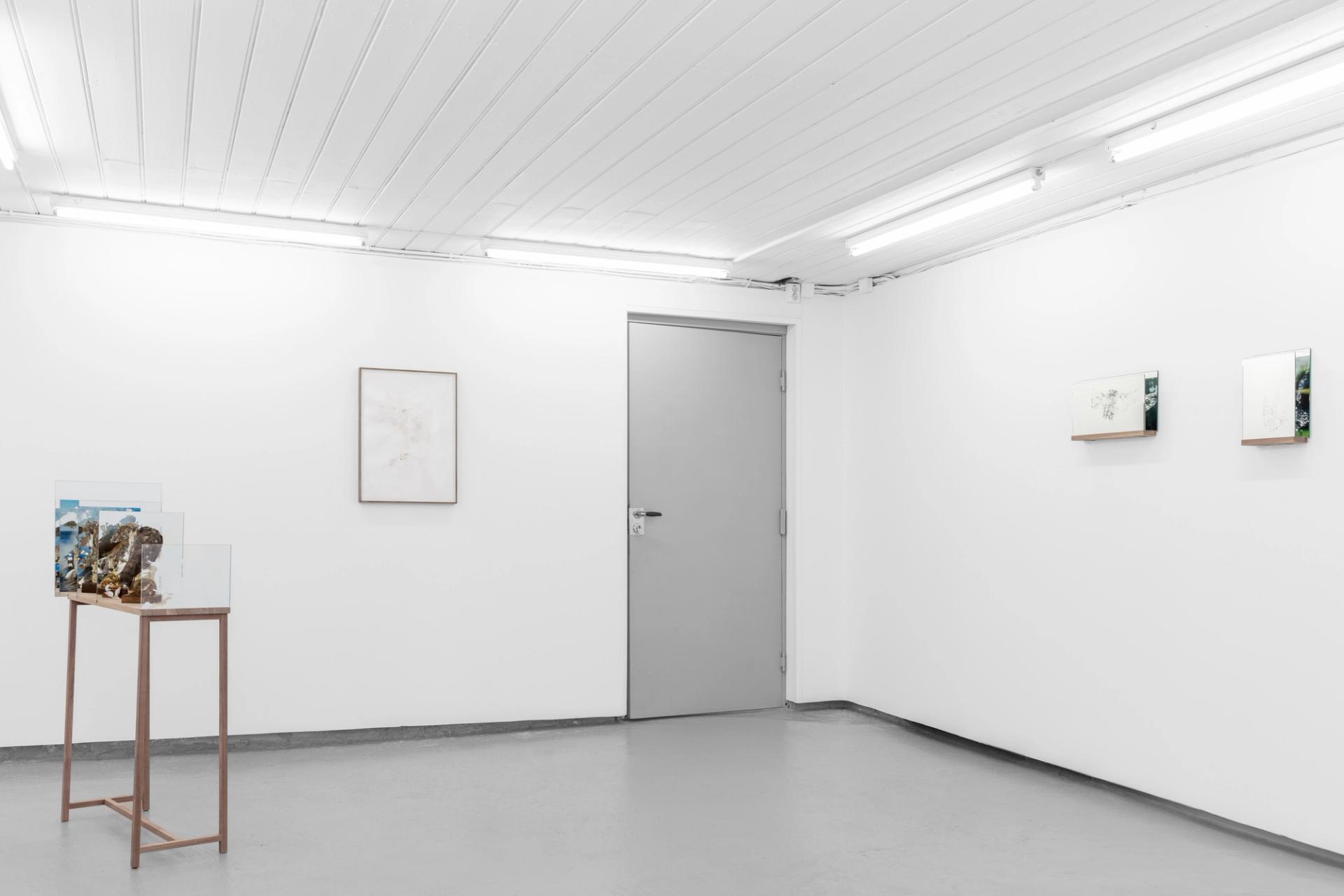
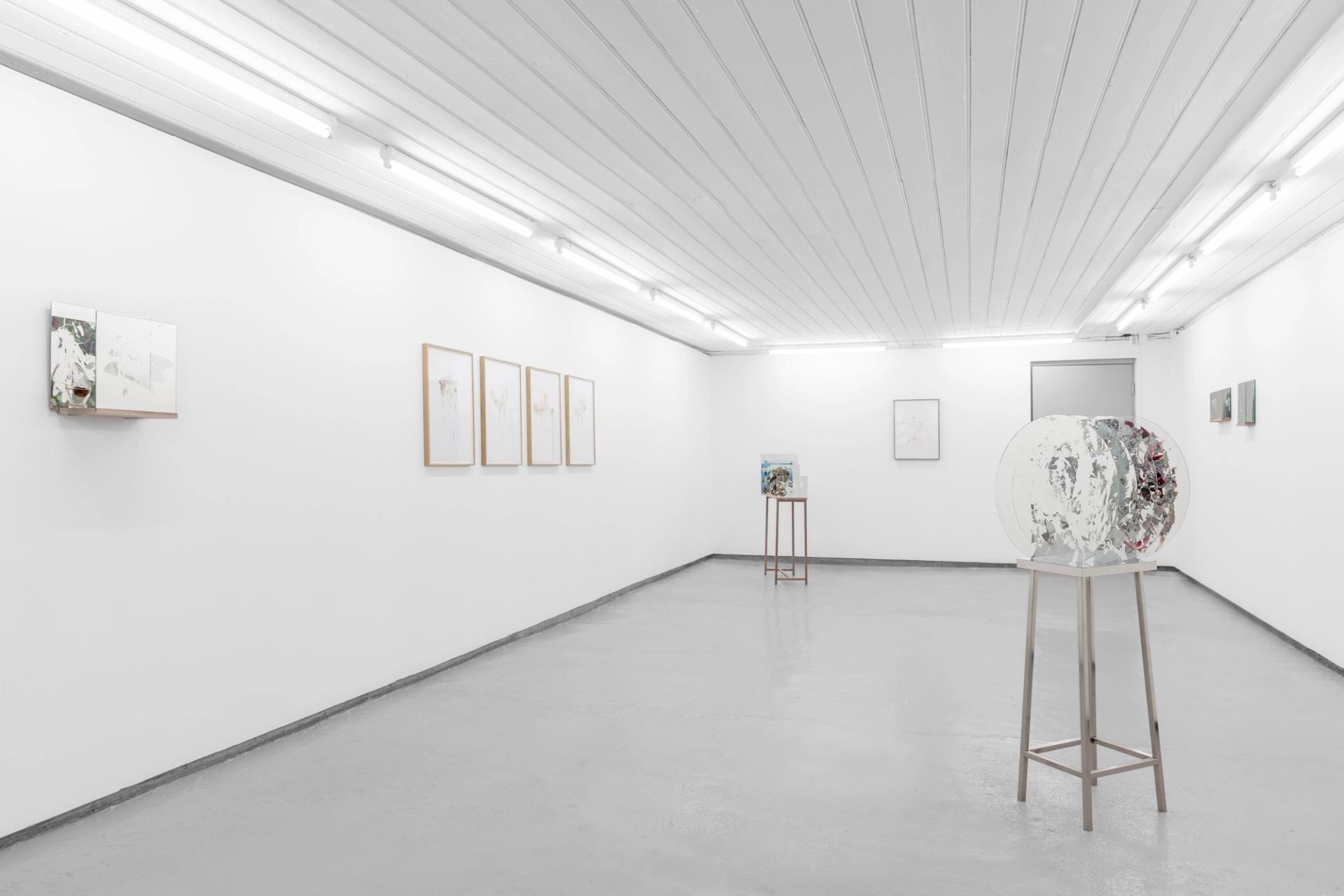
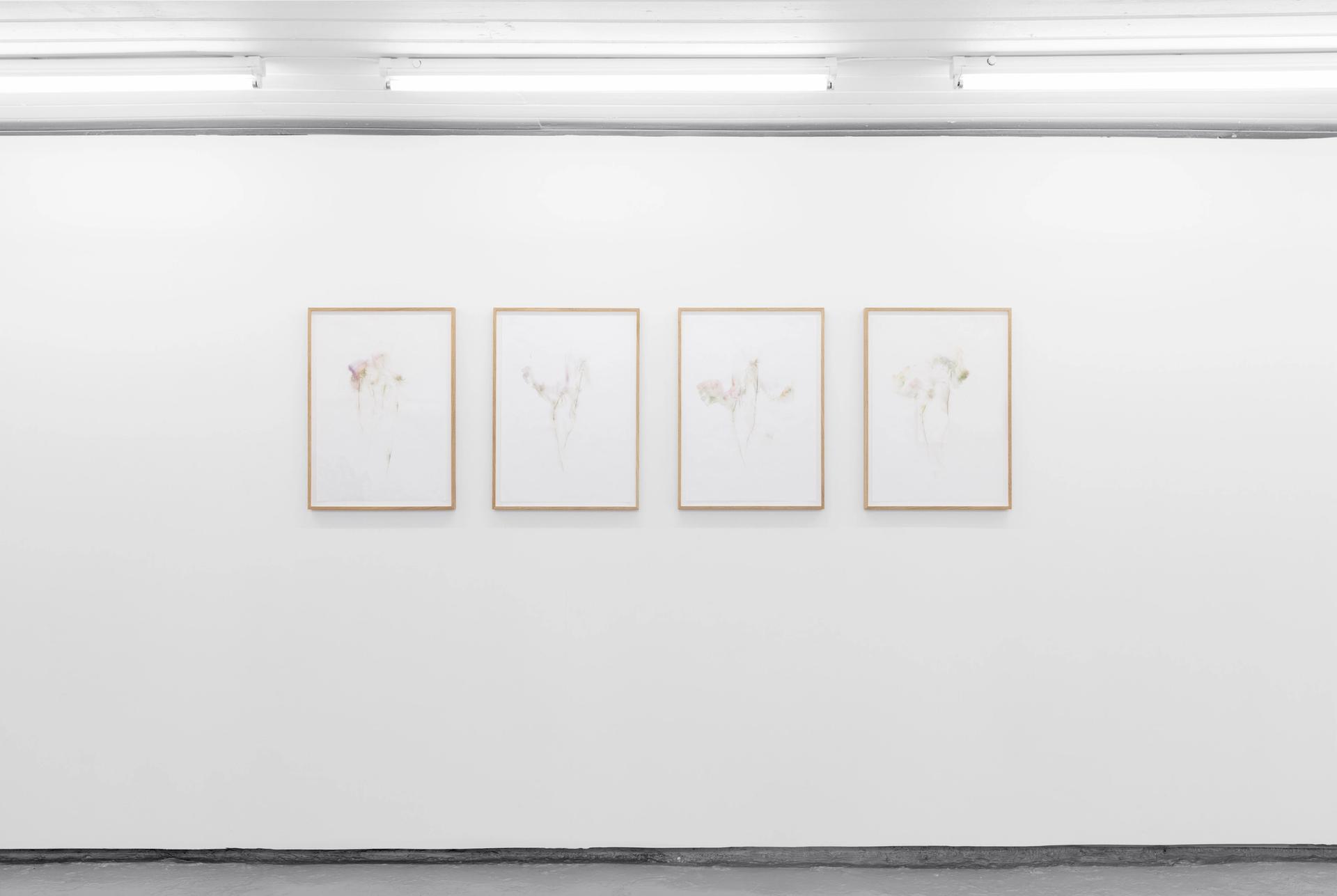
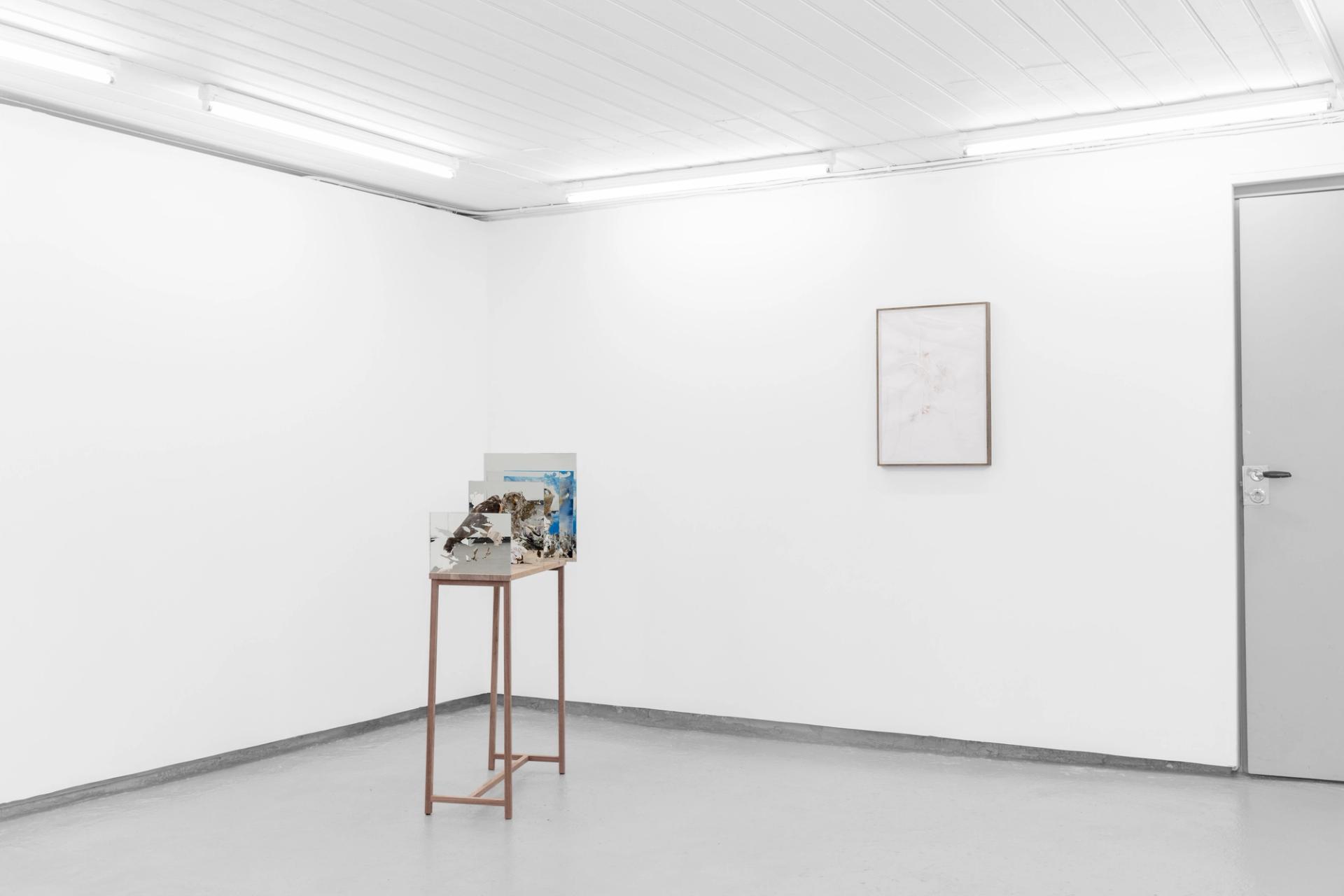

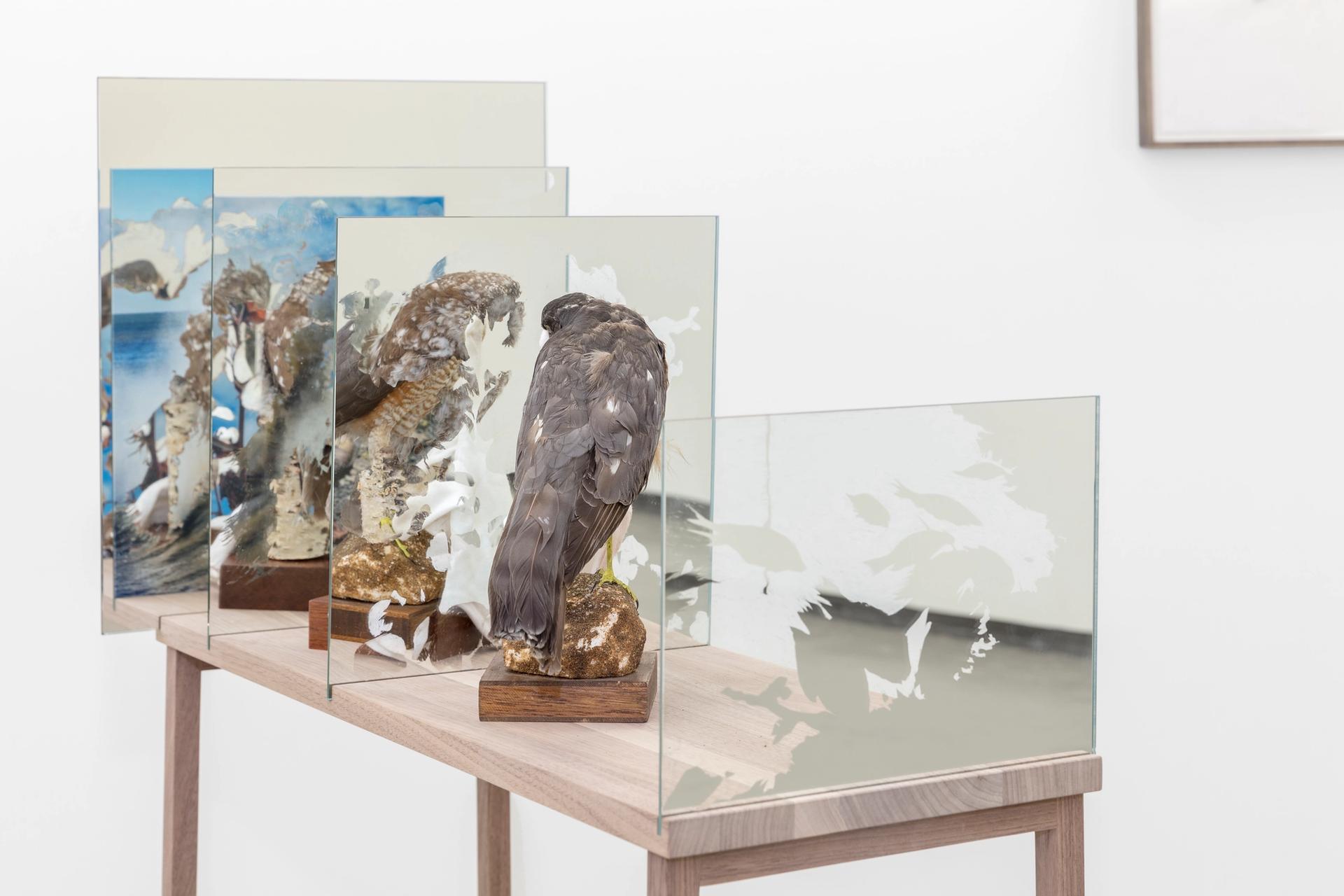
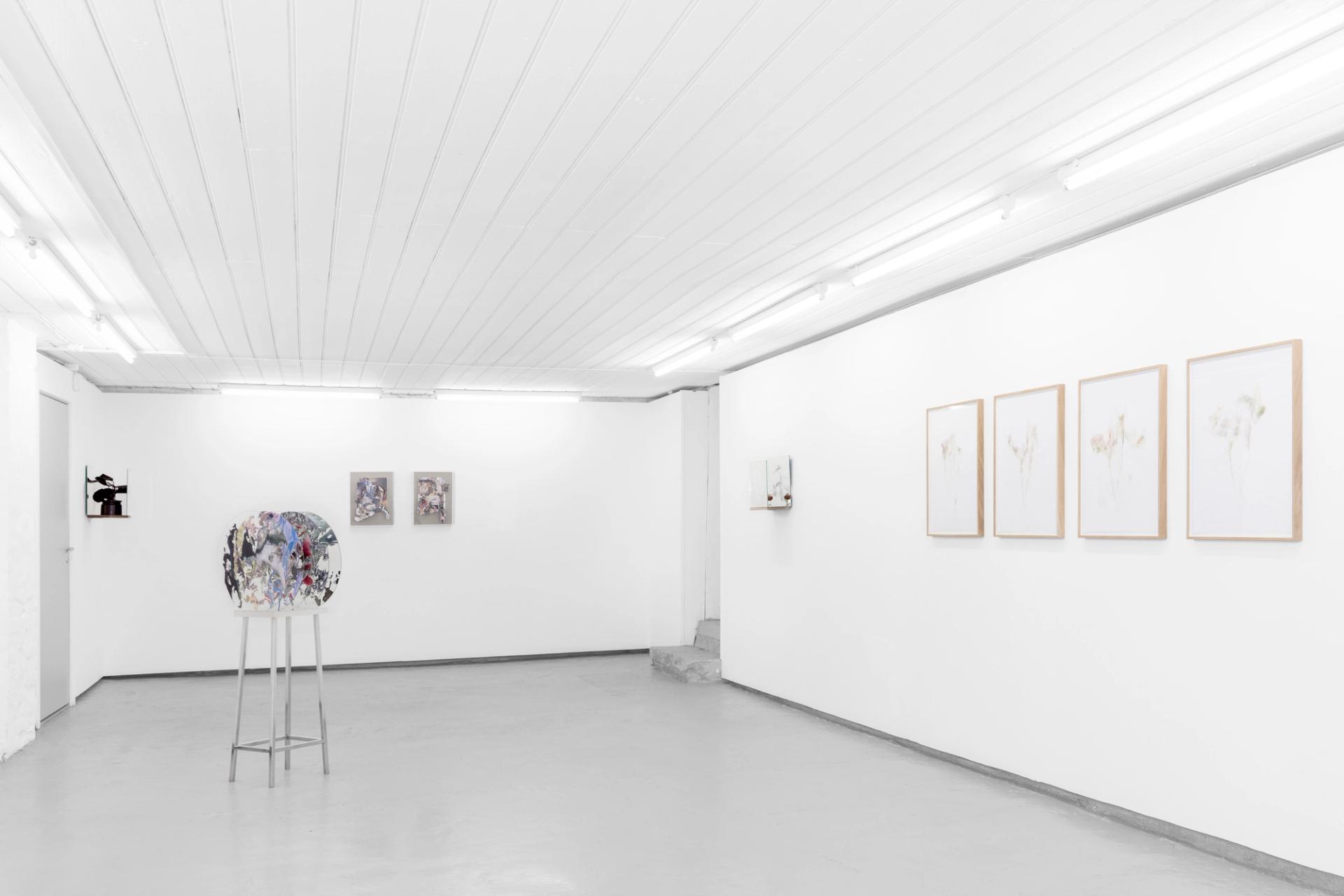

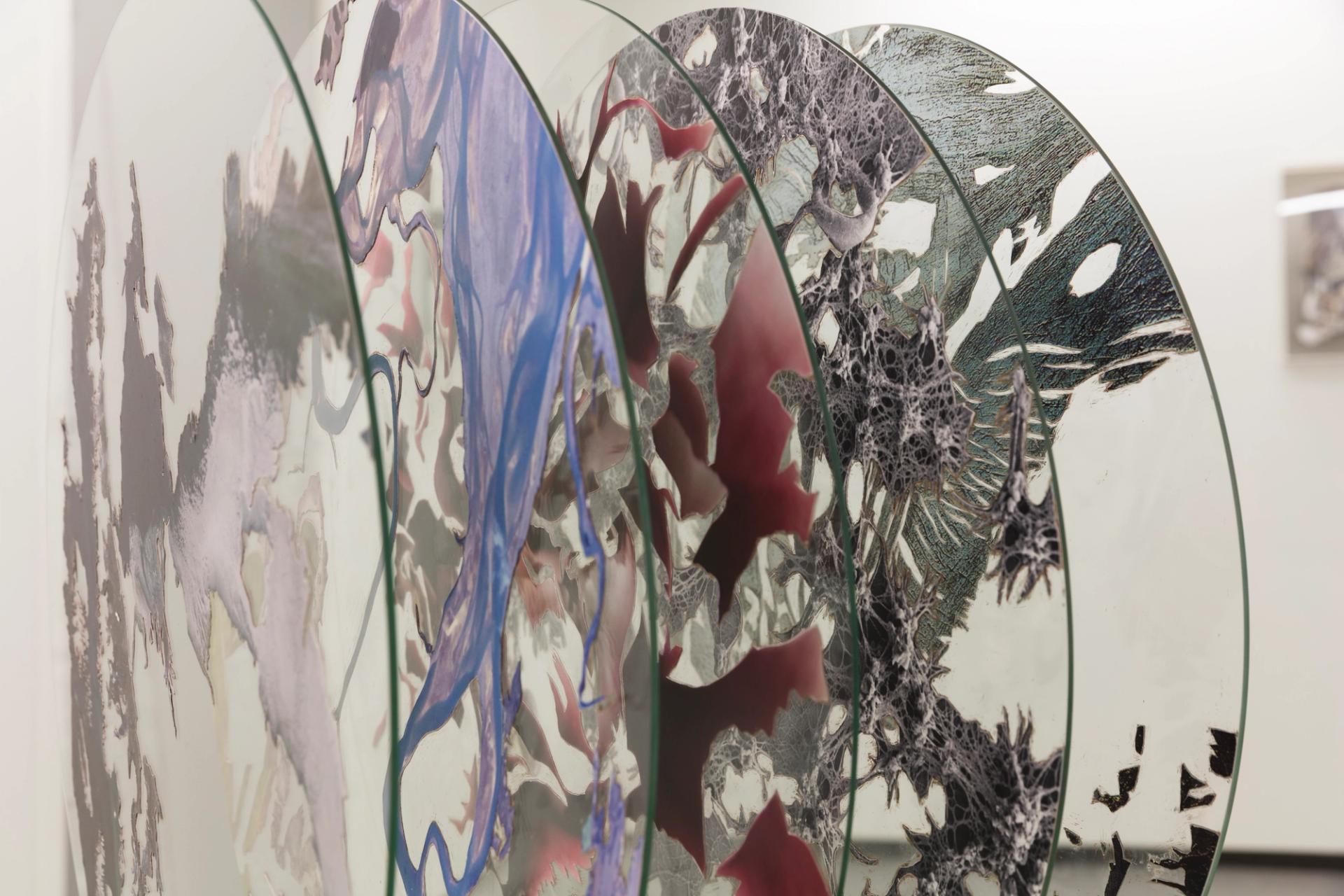
↓ Previous Shows
